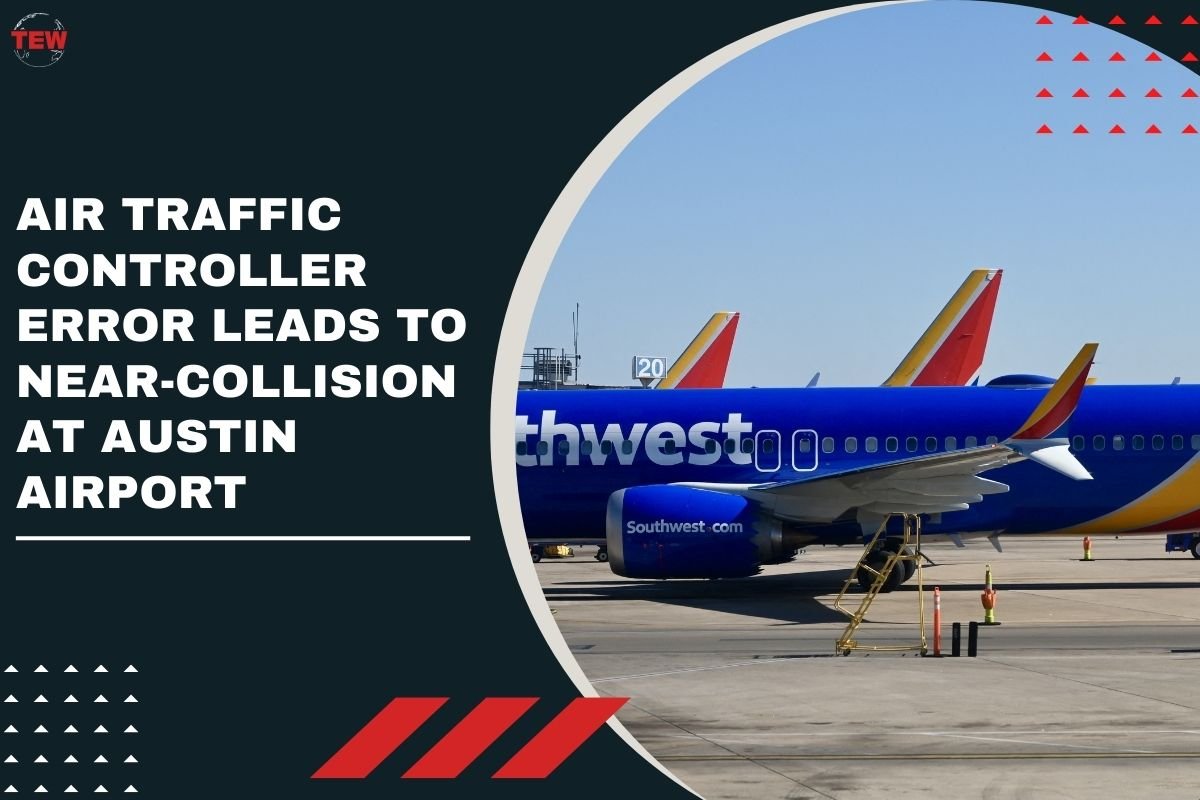(Source – NPR)
Federal safety investigators revealed on Thursday that a lapse in “situational awareness” by an air traffic controller played a significant role in a near-collision incident involving a Southwest Airlines passenger jet and a FedEx cargo plane at Austin Airport last year. The error, compounded by inadequate training and the absence of crucial safety technology, led to a harrowing situation narrowly averted by the quick actions of the FedEx pilot.
Impact of the Incident and Regulatory Response
The incident, which occurred on February 4, 2023, was one of several serious episodes that raised concerns among federal regulators, prompting the Federal Aviation Administration (FAA) to convene a safety summit. At least six similar incidents were reported during the first two months of 2023, highlighting a troubling trend in runway incursions.
Details from the Austin airport scare underscore the severity of the situation. Investigators revealed that as the FedEx crew prepared to land, the first officer spotted the Southwest Airlines jet below them, prompting an evasive maneuver to avoid a collision. The proximity between the two aircraft was startlingly close, with the belly of the FedEx jet coming within less than 200 feet of the tail of the Southwest Airlines plane.
Recommendations for Safety Improvement
As part of their forthcoming report, the National Transportation Safety Board (NTSB) will issue seven recommendations to the FAA aimed at preventing similar incidents in the future. These include enhancing communication between pilots and air traffic controllers, implementing initial and refresher training for controllers on managing airport operations in limited visibility conditions, and accelerating the installation of collision prevention technology—a recommendation that has been reiterated for over two decades.
Jennifer Homendy, chair of the NTSB, emphasized the need for proactive safety measures, urging regulatory agencies to prioritize risk mitigation based on potential outcomes rather than reactive responses to accidents. Homendy stressed that safety measures should not be solely reactive but proactive in preventing accidents before they occur.
The Austin airport incident serves as a stark reminder of the critical importance of robust safety protocols and advanced technology in ensuring the safety of air travel. Implementing the NTSB’s recommendations will be crucial in safeguarding against similar incidents and upholding the highest standards of aviation safety.






